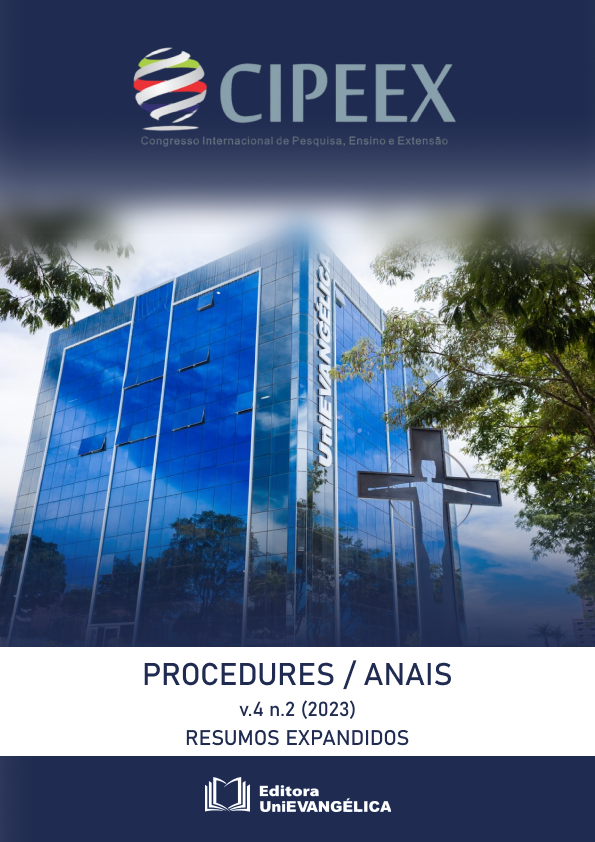ANALYSIS OF MARGINAL ADAPTATION AND REDUCTION OF WHITE CONTRAST ARTIFACT IN CONE-BEAM COMPUTED TOMOGRAPHY IMAGES OF TEETH WITH SEALING MATERIALS FOR FURCAL PERFORATION
Palavras-chave:
Cone beam computed tomography, Furcation perforation, MTAResumo
The sealing material to be used in root perforations must offer adhesion to the dentin walls, be biologically tolerated by periapical tissues, easy to manipulate, radiopaque, and create an environment for tissue regeneration. The marginal adaptation and the reduction of the white contrast artifact in CBCT images of teeth with furcation area perforation sealers will be evaluated. 180 human lower molars will be divided into 9 groups according to the cement: G1- Portland Cement; G2- PBS HP White Cement; G3- MTA Ângelus® Gray Cement; G4- MTA Ângelus® White Cement; G5- Bio-C Repair Cement; G6- MTA Flow Cement; G7- BioDentine Cement; G8- Portland Cement, with calcium oxide added at a concentration of 5%; and G9- Portland Cement, with calcium oxide added at a concentration of 10%. Analysis of the marginal adaptation of the materials will use scanning electron microscopy examination, with a magnification of 100x. The area of the furcation perforation will be divided into four quadrants, constituting five categories. The different types of sealing material will be compared considering the marginal adaptation score, using Fisher's exact test, with a significance level of α = 5%. The CBCT images will be acquired using the Prexion tomograph. The measurements of the sealer material dimensions will be taken using a digital caliper with 0.01mm precision in the axial plane. Analysis of variance (ANOVA) and Tukey's test will be applied for statistical analysis. The significance level will be α = 5%. The study will enable a greater understanding of the clinical management of root perforations.
Referências
Ambrose J. Computerized transverse axial scanning (tomography). II. Clinical application. Br J Radiol. 1973;46:1023-47.
Azevedo B, Lee R, Shintaku W, Noujeim M, Nummikoski P. Influence of the beam hardness on artifacts in cone-beam CT. Oral Surg Oral Med Oral Pathol Oral Radiol Endod. 2008;105-48.
Fuss Z, Trope M. Root perforations: classification and treatment choices based on prognostic factors. Endod Dent Traumatol 1996; 12: 255-64.
Hounsfield GN. Computerized transverse axial scanning (tomography). I. Description of system. Br J Radiol. 1973;46:1016-22.
Tsesis I, Fuss Z. Diagnosis and treatment of accidental root perforations. Endodontic Topics 2006; 13: 95-107.





